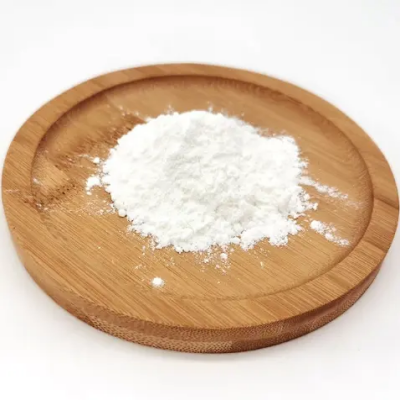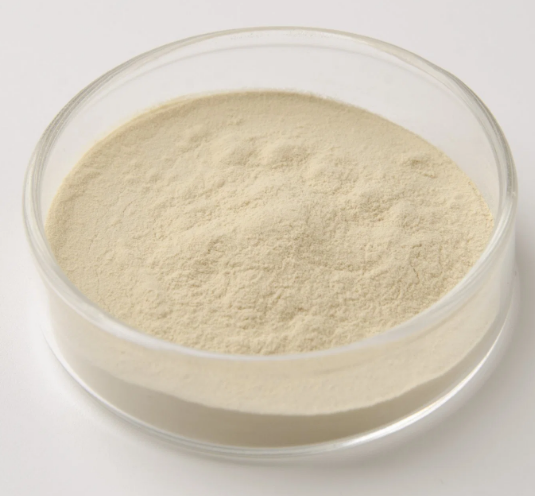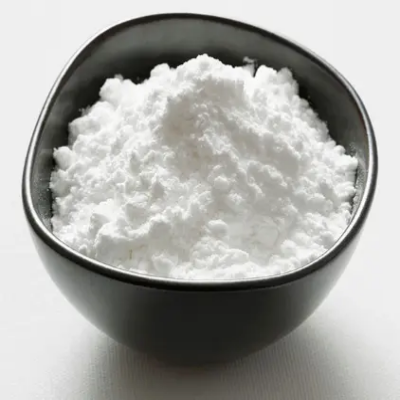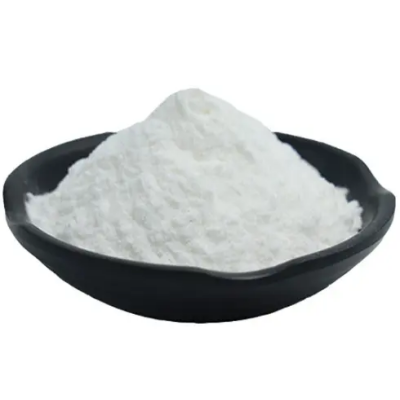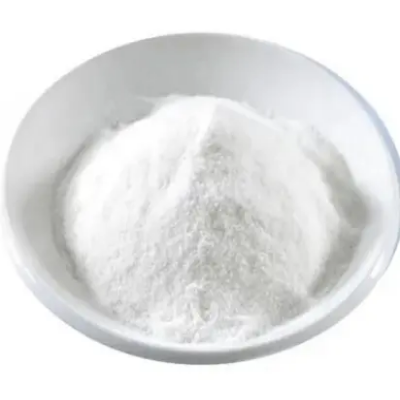2-Chloro-1,4-naphthoquinone CAS:1010-60-2
2-Chloro-1,4-naphthoquinone finds diverse applications across several fields: Pharmaceutical Synthesis: This compound serves as a key intermediate in the synthesis of pharmaceuticals and biologically active molecules. It participates in the construction of complex chemical structures through various organic transformations, contributing to the development of new drugs and therapeutic agents. Dye Synthesis: 2-Chloro-1,4-naphthoquinone is utilized in the production of dyes and pigments. It undergoes coupling reactions with aromatic amines or phenols to form colored compounds used in the textile, printing, and dyeing industries. Electrochemistry: In electrochemical applications, this compound is employed as a redox-active material in batteries, fuel cells, and electrochemical sensors. Its reversible redox behavior allows for efficient energy storage and conversion in electrochemical devices. Organic Electronics: 2-Chloro-1,4-naphthoquinone is utilized in the synthesis of organic semiconductors and conducting polymers for electronic applications. It serves as a building block in the fabrication of organic electronic devices such as organic photovoltaics (solar cells) and organic light-emitting diodes (OLEDs). Photodynamic Therapy: Due to its photosensitizing properties, this compound is investigated for its potential applications in photodynamic therapy (PDT) for cancer treatment. It can generate reactive oxygen species upon exposure to light, leading to targeted destruction of cancer cells. Biological Research: 2-Chloro-1,4-naphthoquinone is employed as a research tool in biochemical and pharmacological studies. It is used to probe biological processes, study enzyme mechanisms, and investigate drug interactions in cellular systems. Chemical Analysis: In analytical chemistry, this compound is utilized as a reference standard and analytical reagent for the detection and quantification of related compounds in complex mixtures. It aids in chromatographic analysis and spectroscopic identification of target molecules. Material Science: This compound is investigated for its potential applications in materials science, including the synthesis of functional materials such as molecular switches, sensors, and nanomaterials with tailored properties for specific applications. Environmental Remediation: Ongoing research explores the use of 2-Chloro-1,4-naphthoquinone in environmental remediation processes, such as water treatment and pollutant degradation. Its reactivity and ability to generate reactive species make it a candidate for the removal of organic pollutants from contaminated environments. In summary, 2-Chloro-1,4-naphthoquinone exhibits versatile applications in pharmaceutical synthesis, dye production, electrochemistry, organic electronics, and biomedical research, highlighting its significance as a valuable compound in diverse scientific and industrial endeavors.






| Composition | C10H5ClO2 |
| Assay | 99% |
| Appearance | white powder |
| CAS No. | 1010-60-2 |
| Packing | Small and bulk |
| Shelf Life | 2 years |
| Storage | Store in cool and dry area |
| Certification | ISO. |




